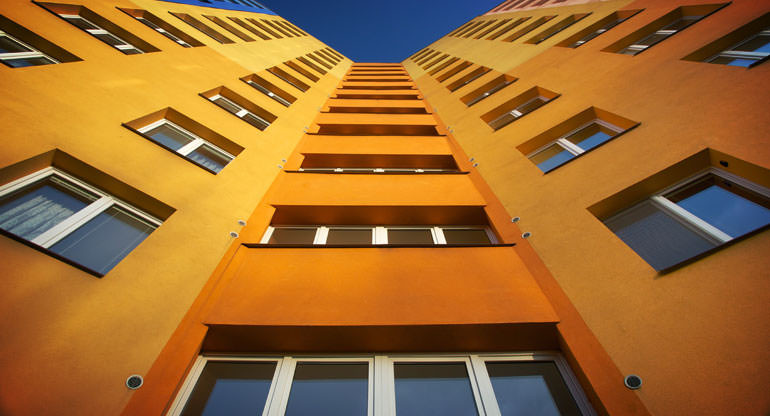Consumers and even new installers often wonder what the difference really is between auto tint and architectural films. “Can’t I just use the extra architectural film from my home’s windows on my car,” some may ask? Or “I’m an automotive installer who wants to get into residential, can I just use some of the auto tint I already have in my shop?”
The simple answer is no! Let’s break down why films are manufactured for specific uses below.
It’s All About the Glass
The main reason that films are developed for only automotive and only architectural (flat glass) use has to do with the different types of glass found in each situation. For the most part, homes and buildings have annealed glass and vehicles have tempered glass.
Annealed Glass
Annealed glass can, under the right (or wrong), conditions break from thermal stress. All tinted films installed on annealed glass increase this thermal stress on the glass.
The increase in stress can be minimized by lowering the heat absorption rate of architectural, tinted films.To lower absorption, the solar energy reflected is increased to maintain heat rejection.In fact, increasing the solar energy reflected, increases the film’s overall heat rejection.
Utilize the Film to Glass Chart
However, there are still conditions where the application of film can increase thermal stress and lead to glass breakage. To avoid instances of glass breakage, Madico publishes a “Film to Glass” chart to indicate which films are approved for use on specific glass types (available on the Madico Brand Hub). If you still have questions, check out the webinar recording, “Glass Evaluations” hosted by Madico’s technical engineer.
Absorption as a Benefit
In contrast to the absorption issue that architectural films applied to annealed glass encounter, automotive films use absorption to their benefit. Automotive installs must comply with local and state laws for VLT and reflection. Since the film’s reflection must be minimized to comply with tint laws, automotive films are forced to utilize absorption to block or reject heat.
Tempered Glass
Luckily for drivers (and film manufacturers), automotive glass also needs to be tempered for safety in case of an automobile accident.Tempered glass has superior strength in comparison to annealed glass, making it not vulnerable to thermal stress fractures. With the risk of thermal stress eliminated, automotive films can be manufactured to absorb energy without the risk of glass breakage.
Film Must Be Used for its Intended Application
Now that we explored the reasons why automotive and architectural films are made differently, it makes sense why they should only be used for their intended application. Impress your customers with a range of auto or architectural film products to best fit their specific needs. Explore Madico’s film portfolio.





